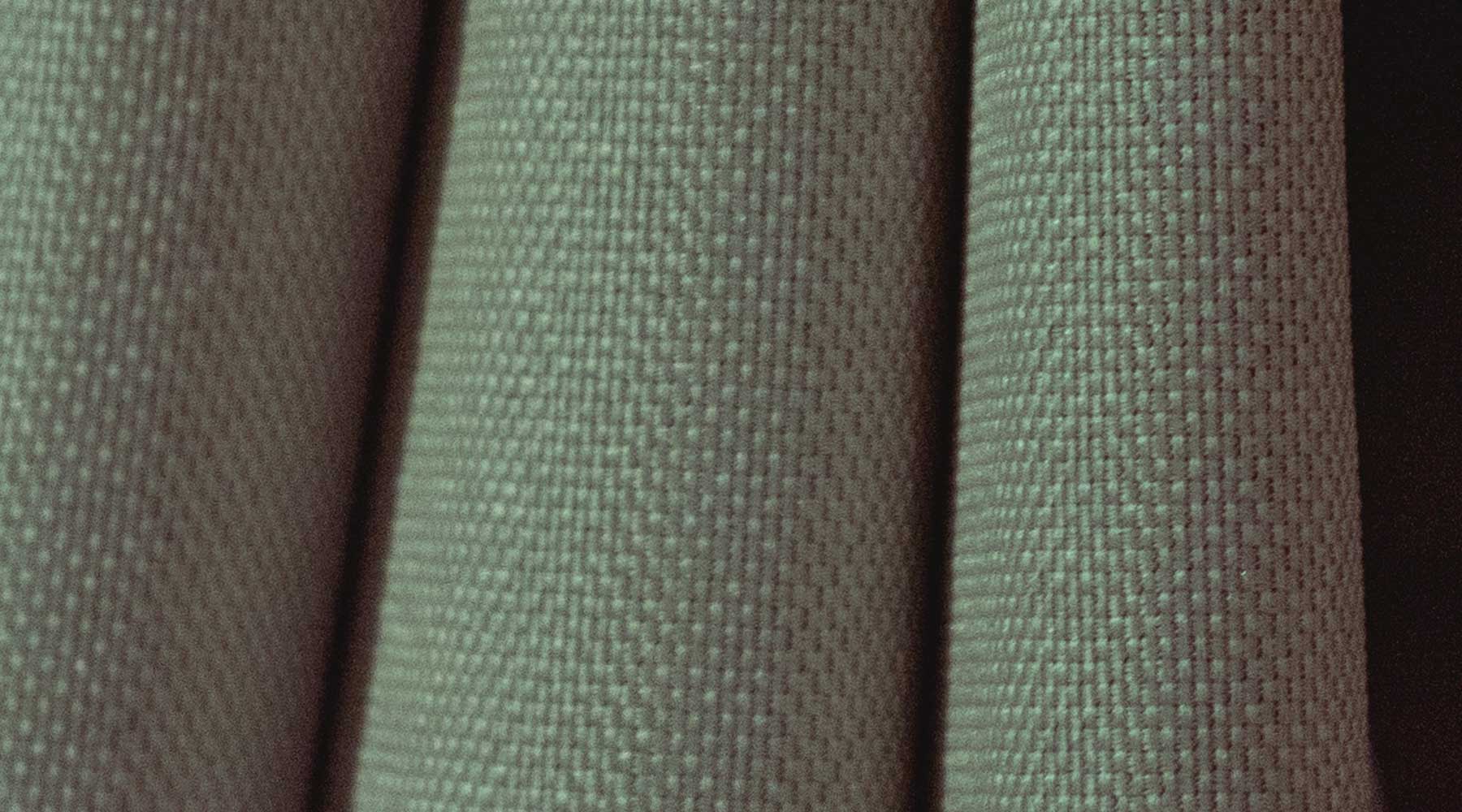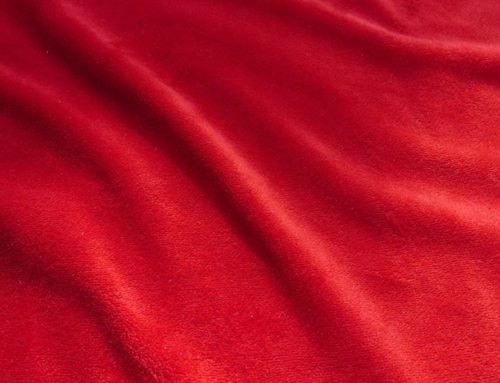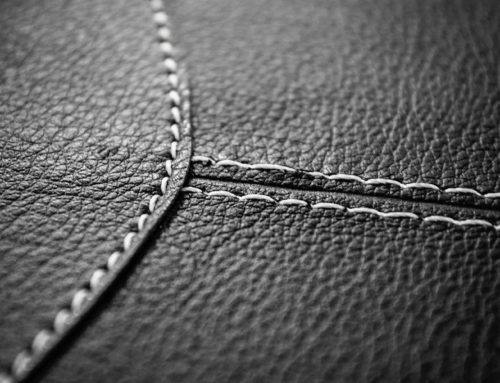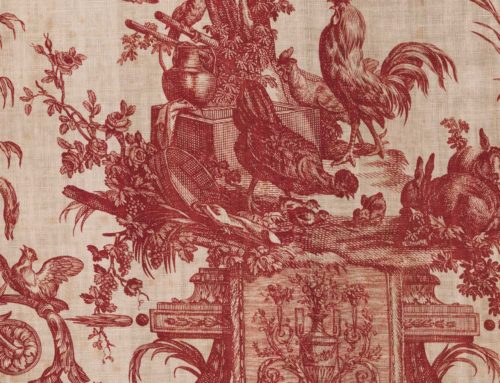We continue our series of blogposts covering the development of fabrics for use in upholstery, the use of different fibres, and the development of different weaves and designs. Blogpost 3 in the series begins the differing types of weaves that are used in upholstery fabrics, with us covering the plain, basket and twill weave below:
 Plain:
Plain:
This is a weave with the most simple interlacing but it makes for a very strong and firm fabric because these interlacings are more frequent than for any other weave.
In this weave, the warp thread (vertical thread) is interlaced over the weft thread (horizontal thread) by alternately lifting and lowering of the yarns. ie each and every weft thread goes under and over the warp threads across the width of the fabric.
 Basket:
Basket:
This is a variation of the plain weave but with more than one thread. Two or more warp fibres alternately interlace with two or more weft fibres. Instead of the over under pattern as in a plain weave, we have a over over under under pattern.
The resultant fabric has a matt weave and flexibility and a looser construction, although it’s not as durable as a plain weave.
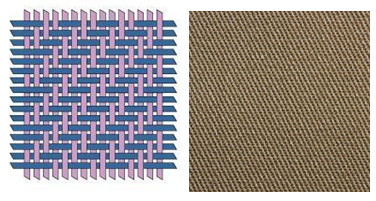 Twill:
Twill:
In this weave, one or more warp fibres alternately weave over and under two or more weft fibres repeatedly (weft-faced) or one or more weft fibres alternately weave over and under two or more warp fibres repeatedly (warp-faced). This results in a strong and soft fabric which has more drape than all other weaves with a self-design effect, with parallel diagonal ribs formed left-to-right or right-to-left but the fabric has a smooth surface.
There are clear diagonal lines on the surface of the fabric. The back side of fabrics produced using the twill weave tend to feel rough and will show the opposite pattern to the front. Fabrics with a twill weave are more durable, heavy and wrinkle resistant than ones with a plain weave.


